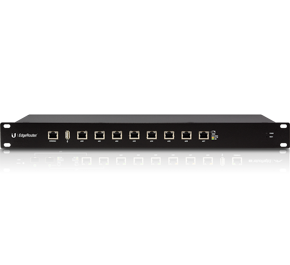Guys, thanks again for the discussion. Networking has always been an area of improvement for me, your suggestions have helped me move the needle forward.
So, got my Netgear Nighthawk X4S, placed my modem in bridge mode, and reserved IP addresses for every device on the network.
The Nighthawk is reporting its address on the WAN (?) as the same value that my modem reported, so I feel confident that bridge mode is set up correctly.
Here is my updated diagram, with IP addresses.
View attachment 19519
Immediately after setting this up, with reserved IPs, the second floor machine (192.168.1.14) quit having an intermittent connection issue (we used to just reboot the Access Point at 192.168.1.70).
Thank you
@SamirD for the iPerf suggestion. Again, this is a basic tool that I had no knowledge of.
Following the testing methodology laid out here, I ran an iPerf test from one Win10 machine (192.168.1.3) to another (192.168.1.14). As an aside, the ladies in the house were streaming HD video from Hulu and Netflix via Wifi during this test.
View attachment 19520
Those results seem more than acceptable. Later, I moved the Win10 machine at 192.168.1.3 down to the basement where it would be behind the switch and ran the test to 192.168.1.14 again.
This would force traffic to go through the Netgear Switch > Nighthawk Router > TP Link extender. This represents the most complex ethernet based scenario in my network. The results were within 5-10 Mbits of the above screenshot- sometimes more, sometimes less, overall 902 Mbits/sec.
The end result?
The nVidia Shield streaming finally works. It still has a slight 'networked' feel, with a hair of latency and some visible compression on the video, but it's night and day.
The Xbox Console companion (streaming from Xbox to PC), however, is still bad. Super compressed, big input latency, very noticeable image compression. I'm going to chalk that up to software/implementation.
Gentlemen, this was a very fun way to spend my quarantine. Thanks again.
EDIT: I feel reasonably confident I don't have a double NAT- the Nighthawk is able to assign IPs for devices connected through the Access Point upstairs.







